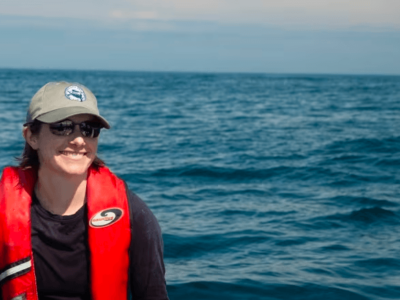When I was 14 I would accompany my sister to Dr. Albert Weiser’s Orthodontic office for her Orthodontic treatment. Dr. Weiser was kind enough to let me watch as he treated my sister, and he would explain what he was doing and why. So at 14 I decided what a wonderful way to make a living, helping people smile. From that time forward I worked to become an Orthodontist. To put things into time perspective, I was on my way to Dr. Weiser’s office, to tell him that I had just received my letter of acceptance to Dental School, and to thank him for mentoring, when I heard on the car radio that President Kennedy had been assassinated.
I graduated from Temple University School of Dentistry, a member of OKU National Dental Honor Society, in 1968. I had been accepted early to Dental School, after only three years of College instead of the usual four, and considered myself to be very fortunate. I knew that most Orthodontic programs at that time required or recommended at least two years of clinical practice before being considered for any of the accredited post-graduate specialty programs. To manage that requirement I had joined the United States Air Force as a sophomore in Dental School, and upon graduation I went onto active duty. I am proud to be part of the 7% of all Americans who have worn our country’s uniform, practicing General Dentistry at F. E. Warren Air Force Base in Cheyenne, Wyoming from 1968-70. I was fortunate enough to be awarded the Air Force Commendation Medal while fulfilling my pre-specialty two year clinical practice requirement.

In 1970 I began my Orthodontic Residency at the University of Pennsylvania School of Dental Medicine, and I knew from day one that I had made the right career choice for me. I graduated in 1972, joined Penn’s faculty in 1973, where I am currently a Clinical Professor of Orthodontics.
When I graduated from Penn there was only one associateship available in the entire Philadelphia area. The Orthodontist practiced the Dewey Labial-Lingual Technique, a pre-World War II treatment system that was antiquated before I was born. I was fortunate to have James Ackerman as my program chairman, with Brainerd Swain, Irving Buchen, Jerome Sklaroff, and Harry Barrer as my primary mentors. I left Penn with a tool box full of knowledge, understanding, and treatment techniques that far surpassed the capabilities of the Dewey technique, so I respectfully declined to join that practice.
Instead I borrowed more money that I thought I could ever pay back in my lifetime in order to open my on practice in Dresher, Pennsylvania, a suburban community approximately 15 miles due north of Center City Philadelphia, and the next township over from where my wife and I had grown up. I hired an assistant, and we sat there for 6 weeks before the telephone rang for the first time. By the time that wonderful first patient came into the office the phone rang a second time, and I was able to schedule the two patients back-to-back, giving the illusion of being busier than I actually was. As a corollary to Murphy’s Law, that 1st patient would not be ready for treatment for two and a half more years, meaning that she was placed on no-charge observation.
Starting a specialty practice requires both patients and patience. My gross income my first six months practice was $1,400, which didn’t cover my assistant’s salary, let alone rent, utilities, supplies, etc. It took almost three years for my balance sheet to go from red to black, but it was well worth the struggles. To pay the bills I worked one day a week in Philadelphia at Jefferson Hospital’s Sausser Dental Clinic in the Orthodontic Department, which paid our mortgage and a tiny bit more.
As Dr. Weiser taught me, helping people smile has been a marvelous career path. I have had the opportunity to write, to teach at Penn, to travel and teach all over the world meeting wonderful people and at the same time imparting some of the knowledge that I learned from those who came before me. A few years ago I closed my Dresher office and moved in with two exceptionally talented Orthodontists, Drs. Calvin Lee and Samuel Meyrowitz, in the neighboring town of Glenside, where I continue in clinical practice at L&M Orthodontics.
To those of you trying to decide what you want to do after completing your Residency, I would strongly recommend deciding where you want to practice, where you want to open an office, and go for it. If you are able to find a paid staff position, or an associateship, until your practice begins to fill out, go for it. e bold. Don’t expect someone else to fund you forever, work for your own goals. Orthodontics is a wonderfully fulfilling profession, and I hope your life-experiences prove to be as satisfying as mine have been.
Arnold J. Malerman, DDS
molarman@drmalerman.com
Bonus: Download our monthly e-bulletin! Click here to get it
DISCLAIMER : “Views expressed above are the author’s own.”




















I had the pleasure of working alongside Dr. Malerman at the University of Pennsylvania in the early 80’s. You will never meet a better ambassador for our profession. A true gentleman, excellent clinician and wonderful personality.
Thank you for the kind words, Steve